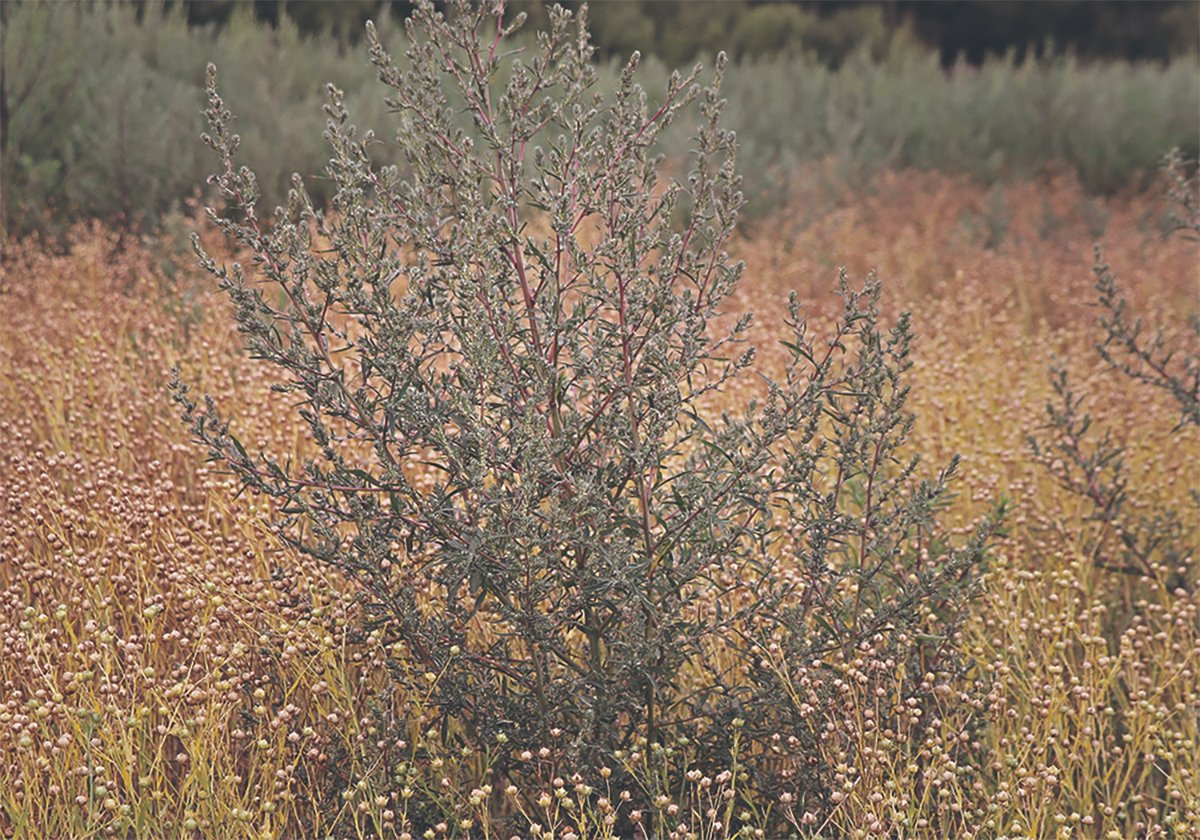Some farmers stay relatively loyal to one dealer of crop protection products, while others shop for the best price and the cheapest generic. Many have a foot in both camps.
Significant dollars are often at stake. A dollar or three or five an acre saved on one specific application may not sound like much, but over thousands of acres, it’s a big deal. If that number is multiplied by tank mixes and numerous product applications during the growing season, the difference can be startling.
Most of the main-line agriculture-chemical companies have brand loyalty rebates, whereby you get money back for using two or more of their products. Sometimes this is tied to herbicide, fungicide and even seed choice. Unfortunately, choosing products based on rebates means you might not always be using the best product for your situation.
Read Also

Kochia has become a significant problem for Prairie farmers
As you travel through southern Saskatchewan and Alberta, particularly in areas challenged by dry growing conditions, the magnitude of the kochia problem is easy to see.
Producers are pressed to play the rebate game, but the vast majority would prefer competitive pricing to start with.
Generic chemistries continue to shake up the marketplace and producers have grown more comfortable with them. If you have enough grey hair to remember the first generic glyphosate products, you may also remember the fear that the generics would somehow provide inferior weed control and that the companies wouldn’t stand behind their product in the event of non-performance.
These days, glyphosate is glyphosate and there are far fewer concerns that cheaper generics are less effective.
Sometimes there are contractual and registration issues whereby companies try to bind farmers to the use of more expensive products. Take the case of Clearfield lentils from BASF. Farmers are told that signing a Clearfield contract to grow these varieties compels the use of Clearfield herbicides rather than the same active ingredients from other companies.
BASF does provide monetary support to the lentil breeding program at the University of Saskatchewan’s Crop Development Centre, but critics argue that it’s nowhere near how much extra farmers are paying for the company’s name brand herbicides.
Beyond the manufacturers, there are also different distribution channels that have an impact on cost. A local dealer with an expensive warehouse, many employees and a wide array of products in stock has a different overhead cost than a company that organizes deliveries of specific products direct to farm.
Considerations other than price also influence where farmers buy. Good agronomic advice can be extremely valuable if you’re lucky enough to have qualified professionals at the dealership who aren’t trying to sell you more than you need.
Most of us need help with the bewildering array of products and product formulations. Proper rates, the order of adding products to the tank, efficacy in particular circumstances and re-cropping restrictions are just some examples of the advice producers seek.
Convenience is also a big factor. Plans change as the growing season evolves. Mother Nature always throws some curve balls. Being able to return one product and take home an alternative has real value. Being able to conveniently return unused product is also a big deal, particularly if the product needs to be protected from freezing.
Some farmers feel a bit guilty if they aren’t buying local, but dealer loyalty only goes so far. And the rebate programs from the big companies typically pale in comparison to the upfront savings of buying a generic.
As the grain economy tightens and producers increasingly look for ways to cut costs, expect even more competition in an already competitive marketplace.
Kevin Hursh is an agricultural journalist, consultant and farmer. He can be reached by e-mail at kevin@hursh.ca.

















